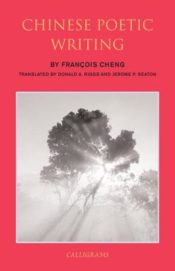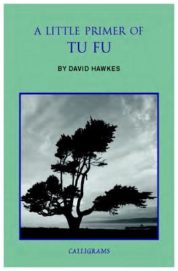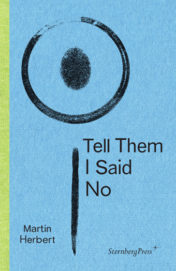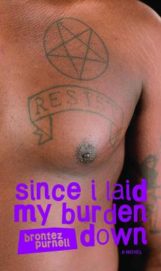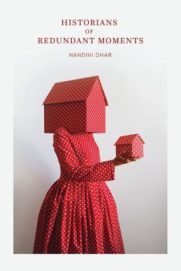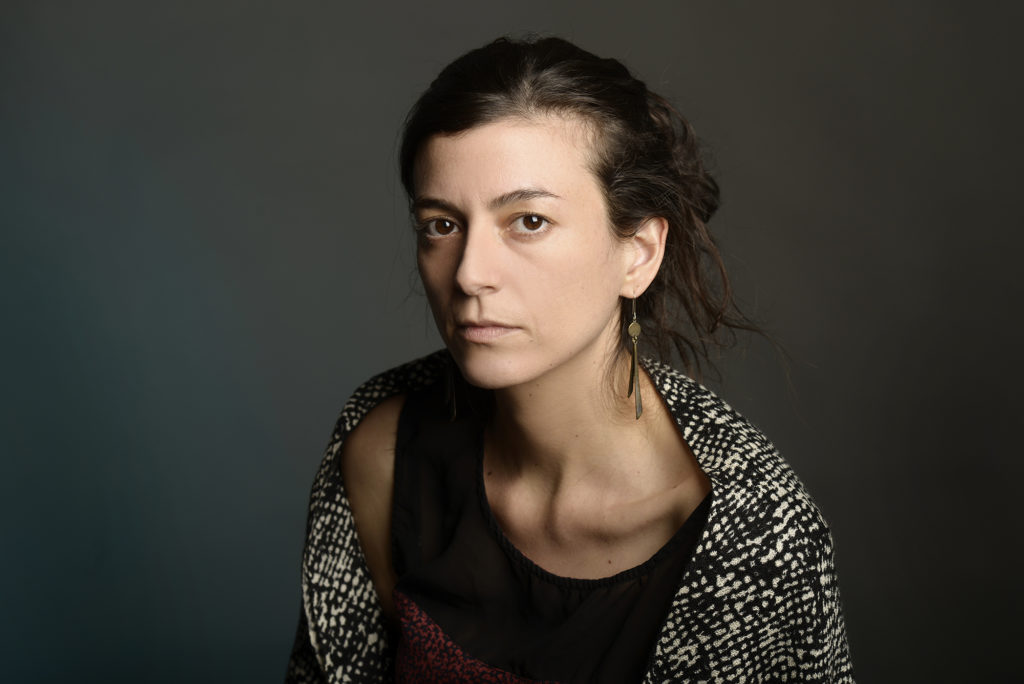
photo by Alejandra Lopez
by Allan Vorda and Liliana Avila
Samanta Schweblin was born in Argentina in 1978. In 2001 Schweblin published her first book, The Nucleus of Disturbances; this was followed by Birds in the Mouth (2009), Rescue Distance (2014), and a collection of stories called Seven Empty Houses (2015). All of her books were originally published in her native Spanish. At the invitation of the German government she moved to Berlin for a writing residency; there, she finished Rescue Distance, which recently was published in an arresting English translation (by Megan McDowell) with the new title of Fever Dream (Riverhead, $25).
Fever Dream is a short novel involving a deathbed conversation between a woman named Amanda and a young boy named David. The story itself is like a fever dream that moves in and out of both time and reality. Something in the rural countryside, possibly water or pesticides, is making the people very ill. When David was sick, his mother, Carla, took him to a woman “in the green house” who healed him by “transmigration”—moving some of the illness to another person. David’s focus now is to make Amanda understand the “exact moment,” while Amanda’s focus is to maintain a “rescue distance” from her daughter to try and prevent her from getting ill.
For this interview, Allan Vorda wrote questions in English and Liliana Avila wrote questions in Spanish. Avila then translated the English questions into Spanish, and translated Schweblin’s answers to both sets of questions into English. The result below is a window into one of the most unique Spanish writers at work today.
Allan Vorda: You were born in Buenos Aires in 1978. What was it like growing up there and what was your educational background?
Samanta Schweblin: I was born in Buenos Aires but grew up in Hurlingham, a neighborhood that at that time bordered with more rural areas. The route, for example, that is very present in my books, I took it every morning to go to school. In the same block one could have a pharmacy with its large neon sign, and on the other corner a chicken coop and horses tied to a light pole. I think that something of this area where the countryside and the city come together has been very marked in my texts. It was a very free childhood; I could leave home alone since I was little, and I had gangs of friends. These are unthinkable things for a ten-year-old to do now in Buenos Aires, with the violent and insecure place that the city has become.
My literary training began on my seventeenth birthday, when I began attending literary workshops in the capital. I also enjoyed the fifty-minute trip to the city by train, the personal feeling of independence that let me go alone with that excuse. Then, I did the film career, which was also a great push for writing, because I specialized in the area of the screenplay. I kept going to literary workshops until I was thirty.
AV: Since you were born in Argentina, the country of the great Jorge Luis Borges, did his writing have any influence on you? What about other South American writers such as the Brazilian Machado de Assis, the Columbian Gabriel Garcia Marquez, and any other writers?
SS: Of course. I always say that I fell in love with literature by reading the Americans. Borges has always fascinated me, but from the intellectual side, not so much from the emotional, which I believe is the one that penetrates deeper in my inspirations. I was fascinated by Juan Rulfo, Adolfo Bioy Casares, Julio Cortázar, María Luisa Bombal, Alfonsina Storni, Antonio di Benedetto. It is a tradition that I have learned a lot, and to which I owe my fascination for the strange, the unusual, and the dark.
Liliana Avila All of your previous works until Fever Dream have been published in Spanish. Before we get into Fever Dream perhaps you can discuss a couple of stories from Siete Casas Vacias (Seven Empty Houses). What inspired you to write this book? What do you want to convey to the reader?
SS: Several things. The loneliness and isolation that lead us to language, and how many times we fail to communicate what connects us. But I did not want a dense, dark book at all. Or maybe dark, but not a sad and painful darkness; rather the darkness to which one looks to discover new things. These characters have dragged their problems for a long time, and precisely because of the extreme situation to which they have come, each one discovers something like a “healthy location” that allows them to escape, or to heal themselves, or to think in a different way.
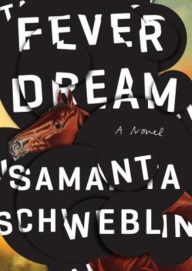 LA: In the first house, mother and daughter are lost in a neighborhood. Then they enter a house that they damaged a little bit with their car. Why does the mother not seem to care about this, yet is distracted admiring a sugar container? Why was the sugar container the point of her attention in all of the chaos?
LA: In the first house, mother and daughter are lost in a neighborhood. Then they enter a house that they damaged a little bit with their car. Why does the mother not seem to care about this, yet is distracted admiring a sugar container? Why was the sugar container the point of her attention in all of the chaos?
SS: I think that’s part of what the story is about. These are decisions that I take from the intuitive, and I find it’s difficult to think from a more rational place. But perhaps, as readers, following these two women with this interrogation ringing behind our backs forces us to look at what happens with a different attention.
LA: It seems to me that in every house you try to reflect a situation of stress, such as when the inhabitants run naked through the house. This seems to be a daily situation. Why does the family see this as normal?
SS: The idea was to play a little with social and cultural boundaries. I think we live in a world where “the normal,” is just a cut that each society creates for itself, but leaves out a number of situations, thoughts, and events as part of what we catalog as normal. In this story, for example, it is considered acceptable for children to play nude. It is also considered acceptable that two old men—possibly with Alzheimer’s—run naked through the garden. But it is not considered acceptable that both couples play naked together. When the narrator sees his children and their parents playing naked, it seems to be the freest, most beautiful and sincere event that he has seen in a long time, but from the gaze of the rest of the family the situation is out of control, and the danger is imminent. Where is the limit then?
AV: What was the genesis for writing Fever Dream, which was originally called Rescue Distance (Distancia de Rescate)?
SS: Rescue Distance began as a tale of which I wrote dozens of versions, but it just did not work. It was in one of those many drafts that David’s voice appeared. When David spoke, he ordered everything. During my writing process, David asked Amanda “what’s important?” This is a question that is repeated throughout the book and that somehow I was also asking myself. Forcing me not to split, to advance as fast as possible but also attentive to every detail. I discovered that it was a story that needed a different time signature; I needed introspection, review, and the search that only an intense dialogue between two people could give me.
For me, even in the most subtle and introspective story, it’s all about tension: this is the thread that ties a reader to story, something in the rhythm and in the argument that hypnotizes and pushes us to read with great attention. As a reader, I love the storytellers who play with this, and as a writer it is something I always look for. I think I have learned to develop some of this in my stories, but Fever Dream was quite a challenge because I did not know if I would be able to keep that thread tense beyond the ten or twenty pages to which I was accustomed to working as a storyteller.
AV: The novel is set in a clinic where Amanda lays dying and conversing with a young boy named David. It seems in their conversations that the boy is more knowledgeable about the events they are recounting. Why is this?
SS: David is a boy who is only eight or nine years old. But at four years old he underwent a strong intoxication that almost took his life. Helped by a “healer” to which his mother took him (or perhaps by his own efforts to survive—I like to keep both possibilities open), David was able to survive. But something changes in him; he has been too close to death, maybe even touched it, and it is as if something of that darkness had been growing all that time in him. Now he is still a child, but seems to bring from that closeness with death some vital information, a knowledge that no one who has not travelled that route can have. That is why he is able to help Amanda, because the path she is making toward death is the same path he has made a few years back.
AV: And where did the idea of transmigration come from?
SS: That was my invention. As the healer explains, if you can migrate part of one body to another, you can also divide intoxication, and then, divided now into two bodies, intoxication loses strength, and could be neutralized. But the “healer,” “the woman of the green house,” is not an invention. In my childhood, I met many women like her, even in Argentina where I always lived in the city. And in the field these figures are even stronger. Our health system leaves us exposed to the most humble workers—especially those who work around the soybean areas—and these women are a great incentive, sometimes the only one they can access.
AV: Nina answers her mother, Amanda, in plural to what David says, “I like that. About the plural.” This seems to suggest the plurality of existence between David and Amanda.
SS: That’s right. It is a very subtle nod for the most attentive readers. But there is a sort of circularity in history, or perhaps a certain fatality in the destinies of these characters, which makes the idea of ”the plural” already in Nina even long before their migration is made.
AV: Amanda says to David, “I think about you, or about the other David, the first David without his finger.” Who is this other David?
SS: Amanda says this by recalling the strong sentence of Carla, David’s mother, who in her first conversation in the garden of Amanda’s house confesses that this David is no longer her son. The previous David was an angel, but the transmigration has not left anything of that child, and now it’s a “monster.”
AV: David wants Amanda to focus on the “exact moment,” which he says is: “It’s something in the body. But it’s almost imperceptible, we have to pay attention.” Why is this so important for David? Also, since Amanda is dying, then why can’t Amanda have the woman in the green house to do transmigration on her?
SS: David and Amanda try to understand together what has happened. That’s why we thoroughly review Amanda’s last days over and over, trying to see each step in more detail. The exact moment is when the disaster begins to unravel, the moment when the rescue distance is cut off forever. Amanda cannot do the transmigration because she is in the emergency room, very far from the green house. Besides, Amanda does not believe in those things. And finally, the woman in the green house is at that moment attending Nina—which Amanda discovers with desperation, in her own delirium of death.
AV: The story goes back and forth in time, which parallels the fever dream where Amanda has a hard time remembering everything. What made you think of using this device, and was it difficult to write scenes like this?
SS: It was a difficult structure to handle, not only for the three times, but also because there are three voices narrating each of those times: David, Amanda, and Carla (through Amanda’s memory). I knew I was building a complex text, but I didn’t want it to be complicated. I accepted its complexity, but I needed it not to be confusing at any time. So it was a very hard job of correcting, rewriting, and re-reading.
AV: Amanda says there is “a can of peas of a brand I don’t buy.” Amanda later states, “the can has an alarming presence. This is important, right?” To which David replies, “This is very important.” Can you tell us anything about this bizarre scene?
SS: Well, it’s a dream, so there’s no strong logic here. But I wanted to play with the symbolic: the idea of a mother who finds inside her house a product she would never choose to feed her family. The whole story is crossed by a landscape and a town that suffers the dire consequences of living near soybean fields, genetically modified soybeans, fumigated by strong agro-chemicals. This lethal combination leads to the tables of many families a dangerous diet. It’s a type of food that a well-informed mother would never choose for her children.
AV: At one point Amanda recalls Nina saying, “I’m David.” To which David replies to Amanda, “Is this a joke? Are you making this up?” And Amanda says,” No, David. It’s a dream, a nightmare.” Amanda later says to David that if Nina “won’t talk to me in your voice, there will be no perplexing can of peas on the table.” Now it appears that Amanda knows what is going on and David is not aware of the transmigration between him and Nina. Can you explain this?
SS: I do not think Amanda knows more than David knows. It is simply a reflection of Amanda, the idea that as long as she is able to feel the weight of her daughter in her hands, then she will have the certainty that what happens is not a dream. Perhaps the dream frightened her too much, and she does not want to confuse sleep with reality again. She is frightened and needs to escape, so she concentrates on the real, the concrete, and the only certainty she has at that moment is the weight of her daughter in her arms.
AV: There are numerous cases of deformed and dead children who have drunk the water. Why doesn’t the water bother Carla and her husband? Why haven’t the local people and authorities done anything to fix the water problem?
SS: There are many things at stake in that question. To begin with, at least in my imagination, it is not clear to people that poisoning comes from water (in fact, this is the case in many communities in rural Argentina). But in relation to these pesticides that the big companies use to fumigate—and that later contaminate the waters—it also happens that a great part of these communities work in those fields, and they cannot or do not want to denounce them.
AV: You are now living in Berlin—what made you move from Argentina and how long do you plan to stay in Germany? Will you continue to write in Spanish?
SS: I moved by an invitation from the German government, a one-year residence for foreign artists. In fact, it was during that year that I finished writing Fever Dream. But then, once the stay was over, I was invited to give some creative writing workshops, and soon I was already working, with new friends and, above all, in love with the city. It was very easy to stay. I feel comfortable and at the same time strategically isolated for writing. I think I’ll be here for a couple of years. But I will always write in Spanish; it is the language in which I think and in which I read.
AV: What can your readers look forward to with your next work of fiction?
SS: I’m afraid to answer this question, because I do not want to limit my next steps in any way. But I’m sure I’ll continue to write, and I’m sure I’ll also be very attentive to how tension is built and maintained in a story. I think this curiosity is the heart of all my texts, and it’s something vital that I also seek in everything I read.


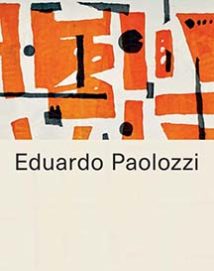
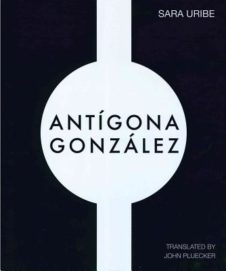
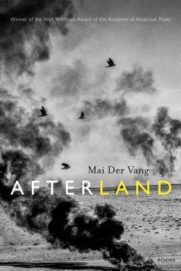
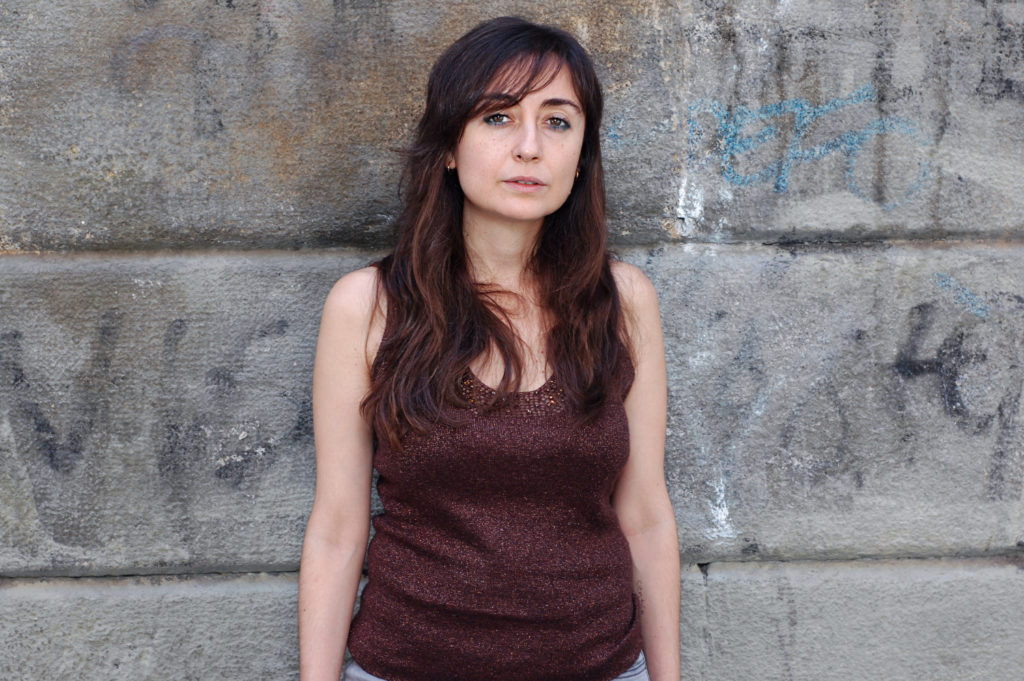 Interviewed by Jorge Armenteros
Interviewed by Jorge Armenteros
